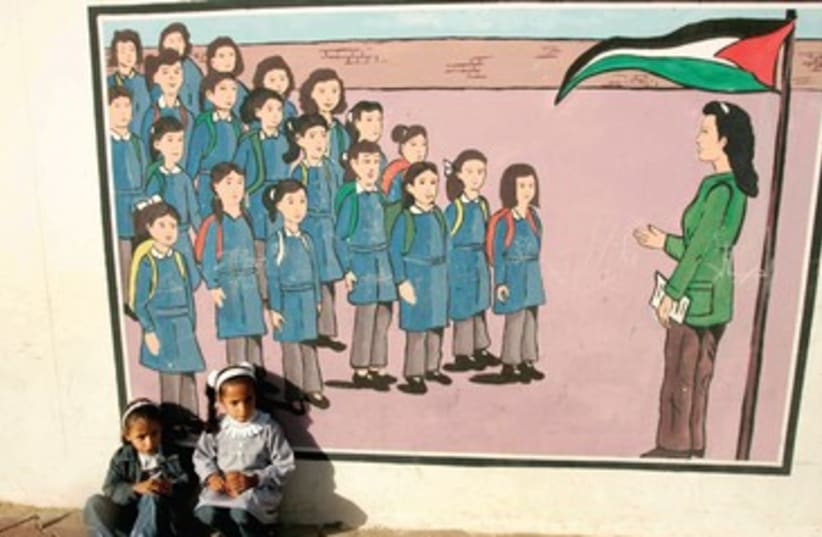Self-fulfilling textbook prophecy
Terra Incognita: A university professor who believes Israel created Hamas and argues that it is a victim of dehumanization by Israel, rather than the other way around, was supposed to provide an unbiased opinion on Israeli textbooks?
